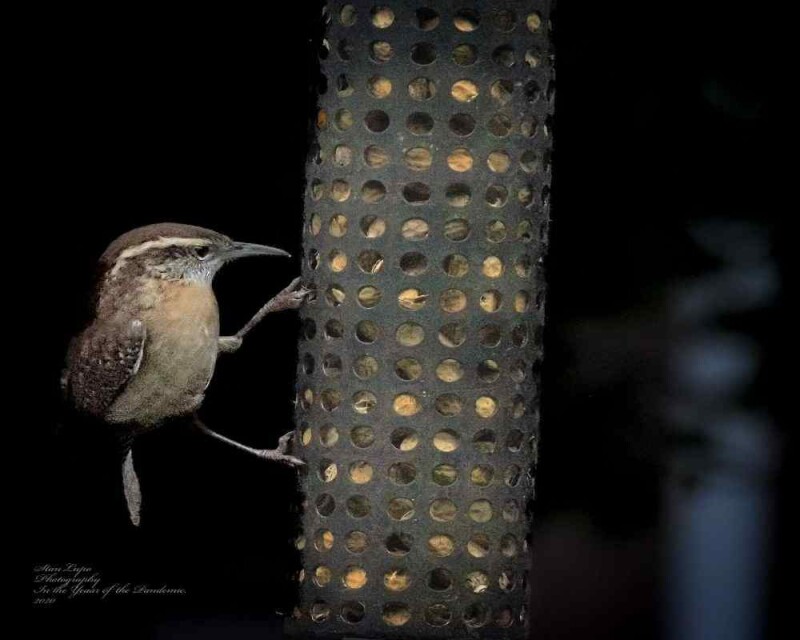
Red curve, early syllable development (days 50–60) blue curve, late syllable development (days 85–90) green curve, 1-year-old birds. h, Collapsing together all variance features across birds shows the time course of syllable structure recovery during the day. EV values have been smoothed with a running median (period = 40 data points). g, Tracing EV values continuously during development shows oscillations between days 45 and 60. d–f, Tracking EV values continuously shows a decrease in EV values after the night-sleep of day 46 (d) but not after the night-sleep of day 89 (e, f). c, Changes in the structure of that syllable during night-sleep.


b, Developmental change in the structure of the same syllable as captured by Wiener EV. Recovery of syllable structure during the morning.a, Three examples of increasing syllable structure during development. We suggest that these oscillations correspond to competing demands of plasticity and consolidation during learning, creating repeated opportunities to reshape previously learned motor skills. Our experiments showed that these oscillations were not a result of sleep inertia or lack of practice, indicating the possible involvement of an active process, perhaps neural song-replay during sleep. Furthermore, birds that showed stronger post-sleep deterioration during development achieved a better final imitation. Daily improvement in similarity to the tutored song occurred during the late phase of this morning recovery little further improvement occurred thereafter. The song regained structure after intense morning singing. During periods of rapid learning we observed a pronounced deterioration in song structure after night-sleep. Here we show the effects of night-sleep on song development in the zebra finch by recording and analysing the entire song ontogeny.

Sleep affects learning and development in humans and other animals, but the role of sleep in developmental learning has never been examined.


 0 kommentar(er)
0 kommentar(er)
